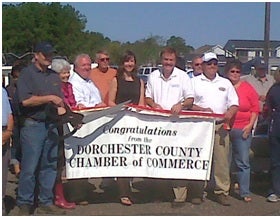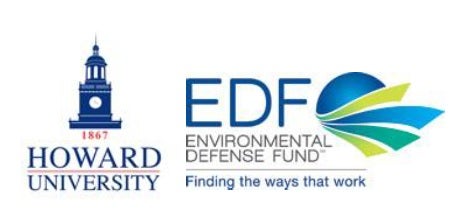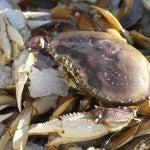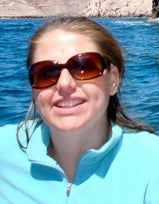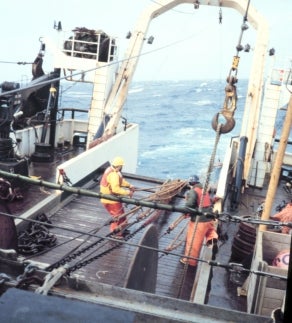The Chesapeake commercial fishing community is full of practical, hard-working businessmen and women who overcome weather, regulatory challenges, and market obstacles every day. Some go even further to combine their grit and drive with innovation and vision to create a business that leverages the allure of Chesapeake seafood and new market opportunities. Johnny Shockley, a career waterman from the Eastern Shore of Maryland, is doing just that.
Johnny began oystering with his dad and grandfather at the age of 12. For the last 35 years, he has worked on the water making his living by harvesting the Chesapeake’s blue crabs, fish and oysters. Recognizing the growing challenges to his industry and family heritage, Johnny realized that he needed to “think outside of the box” to create new business opportunities for his family.
After over three years of hard work and planning, Johnny and his business partner, Ricky Fitzugh, officially launched Hooper’s Island Oyster Aquaculture, Inc., home of Chesapeake Gold Oysters. Last year, Hooper’s Island Oyster Aquaculture, Inc. bought 1 million oyster larvae, grew them to market size over the past 12 months and is now selling the seafood delicacy throughout the Washington, DC area. This year, they expanded to four million more larvae. Read More










